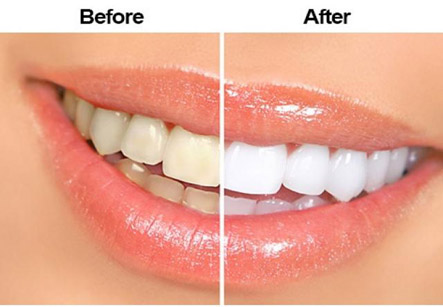Skin Scaling and Root Planing
Introduction
Oral cavity is full of bacteria. These bacteria, along with mucus and other particles, tend to form a sticky, colorless “plaque” on teeth. In the absence of proper oral hygiene, the plaque can harden and form “tartar” that cannot be removed by brushing. Only a professional deep cleaning by a dentist or dental hygienist can remove this tartar. All this disease process is called as the gum disease. And the techniques used to treat them include scaling and root planning.
Significance of scaling and root planning:
If the plaque and tartar are not removed in time, the bacteria cause inflammation of the gums or gingivitis. This causes the gums to become red, swollen, painful and easy to bleed. Gingivitis is a mild form of gum disease. This can usually be reversed with daily brushing, flossing, and regular cleaning by a dentist. There is no loss of bone and soft tissue around the teeth.
Scaling and root planing are performed by using hand-held instruments as well as ultra-sonic electric or air-powered scalers. Iran offers a superior Dental treatments that is world best quality. For patients from the USA, and Europe for example, the savings can be 60% or more

When gingivitis is not treated, it can advance to severe periodontitis. In periodontitis, gums start to pull away from the teeth and form spaces or pockets which can be easily infected. The body’s immune system gets activated due to bacterial toxins and fights the bacteria as the plaque spreads and grows below the gum line. This leads to break-down of the bone and connective tissue that hold teeth in place. As the process progresses, the bones, gums, and tissue supporting the teeth start getting destroyed. The teeth may become loose and have to be removed.
Tooth scaling is the procedure of scraping away the bacterial plaque and dental calculus (tartar) from the surfaces of the tooth, especially from below the gum line. Performing scaling every 6 months can prevent the tooth decay and gum disease.
Root planing is the procedure of smoothing the root surfaces. The smoothening makes it more difficult for bacteria and calculus to attach to the root. It also removes any remaining plaque and calculus deposits trapped in rough areas that could not be cleaned well by tooth scaling.
Procedure
1. Scaling and root planning may be painful for certain patients. Therefore, a local anaesthetic medication is used to numb the area of the mouth being treated.
2. In cases with gingivitis only, one visit is sufficient for this procedure. However, for severe periodontitis, several visits may be required.
3. Scaling and root planing are performed by using hand-held instruments as well as ultra-sonic electric or air-powered scalers.
4. Copious amounts of water are used while scaling to ensure that the heat generated does not damage the teeth, and also to wash out the loose calculus and other debris.
5. The ultra-sonic scalers are used first to remove heavy plaque and calculus deposits from the exposed tooth crowns and root surfaces. They have dull metal tips which pulsate at extremely high frequencies and scrape out the plaque and calculus from the teeth.
6. This is followed by the hand-held scalers and curettes to make sure that the teeth are clean and smooth. Hand-held instruments can remove non-visible plaque and calculus as their tactile senses help the operator while being used.
7. Finally the dentist planes any irregular surfaces of the roots. The smooth surfaces make it more difficult for plaque to accumulate. This root planing is very important for prevention of similar problems in the future.
Post-Operative Care:
1. For a few days after the scaling and root planning is performed, the patient can experience some soreness, discomfort and sensitivity to heat and cold. This can be handled by regular pain relievers.
2. Use of an antibacterial mouth rinse is advised after the procedure. This maintains oral hygiene and reduces the soreness of gums.
3. Regular brushing and flossing should be continued.
4. Small amounts of bleeding may occur for several days following the procedure, but this usually subsides quickly.
Some important points:
1. Periodontitis therapy reduces gingivitis and removes periodontal pockets which entrap the plaque. Therefore, the gum tissue can recede and shrink after the treatment, leaving some of the root surfaces exposed.
2. The exposed tooth can cause tooth sensitivity while brushing, and to extremes of temperatures. It can also make the teeth look longer.
3. The root surfaces are not as hard as the tooth enamel found on the crowns of the teeth. Thus, it can make the patient more susceptible to root surface caries. A gel containing higher amounts of fluoride is prescribed to prevent caries development.